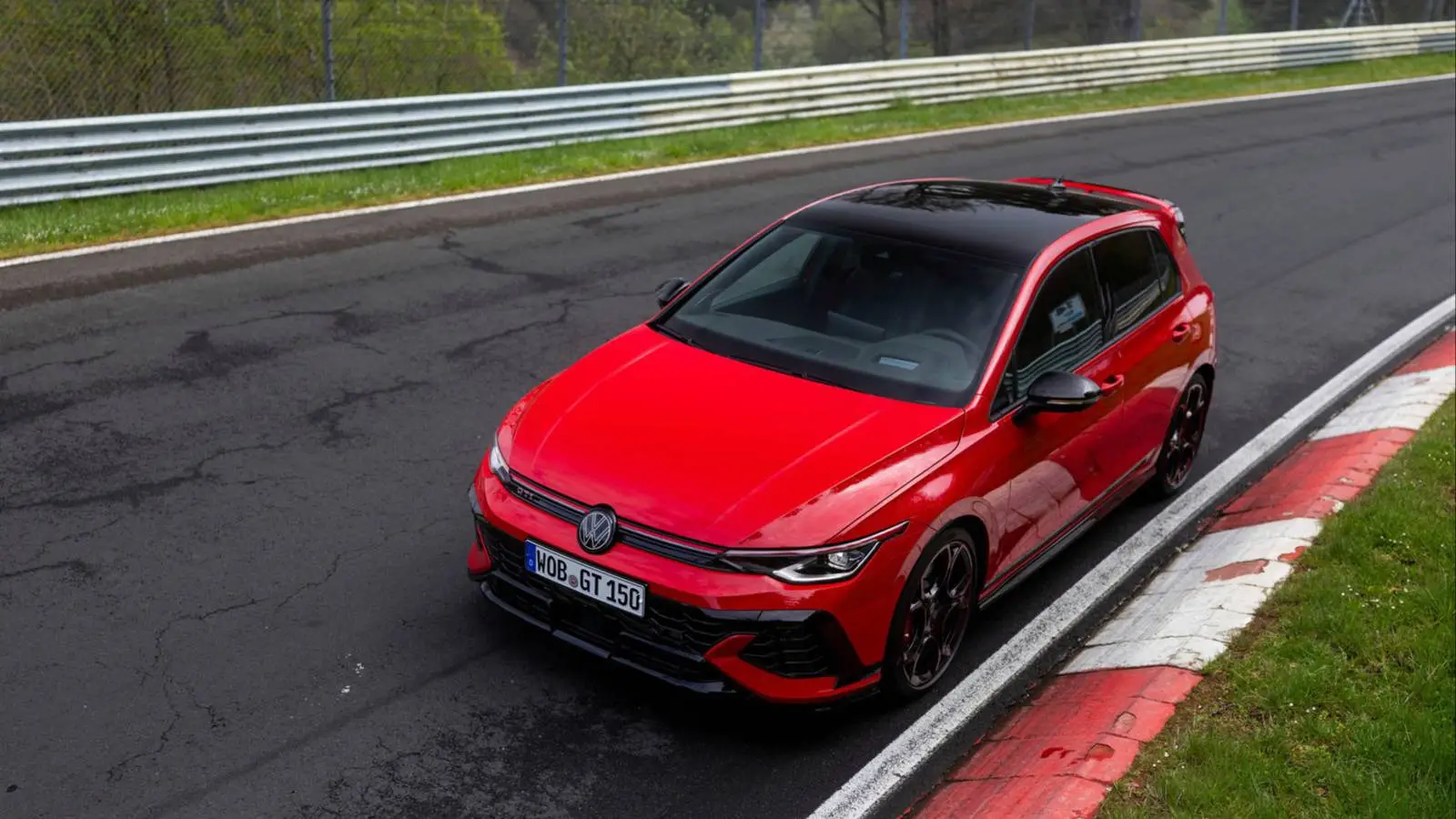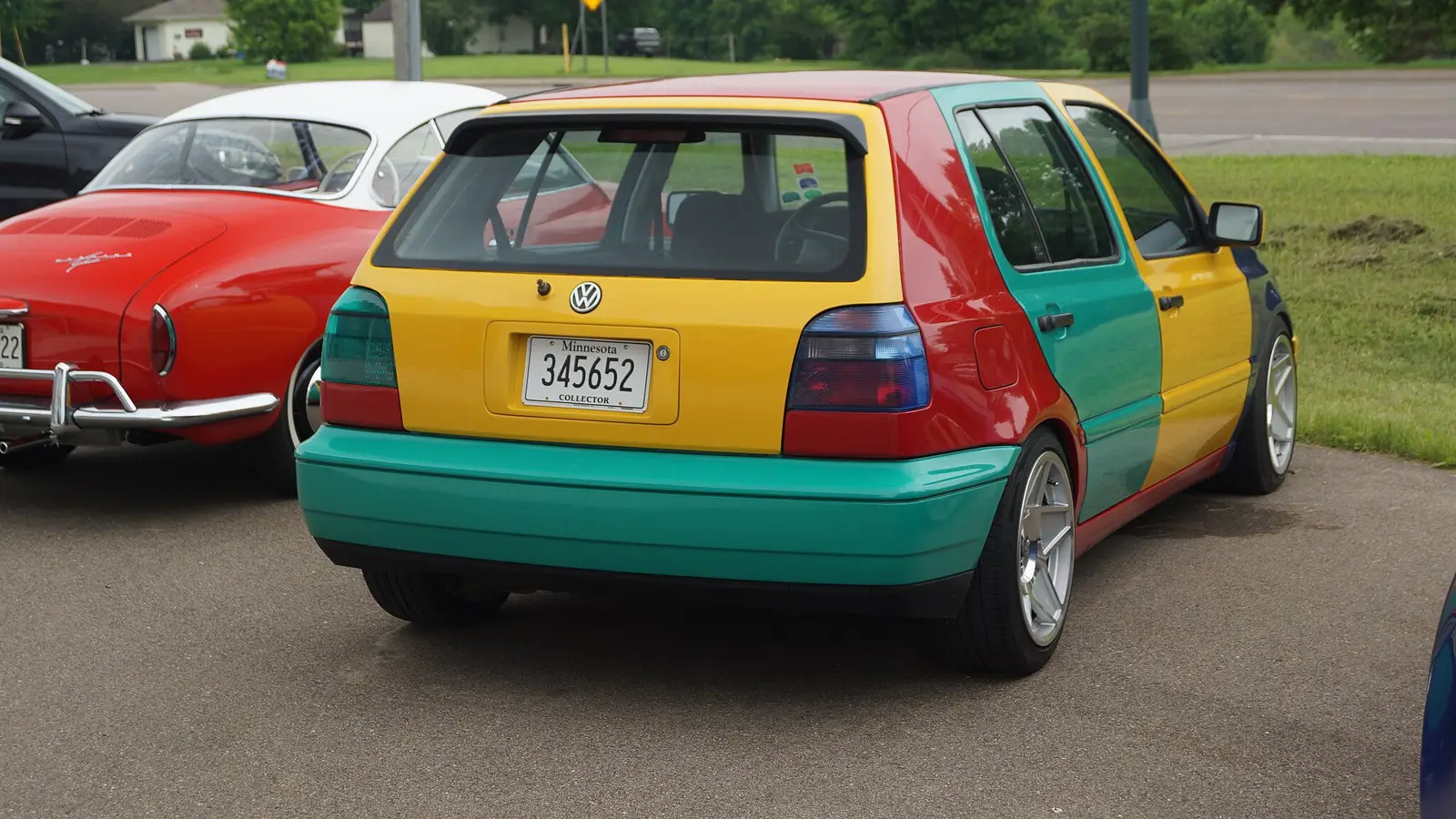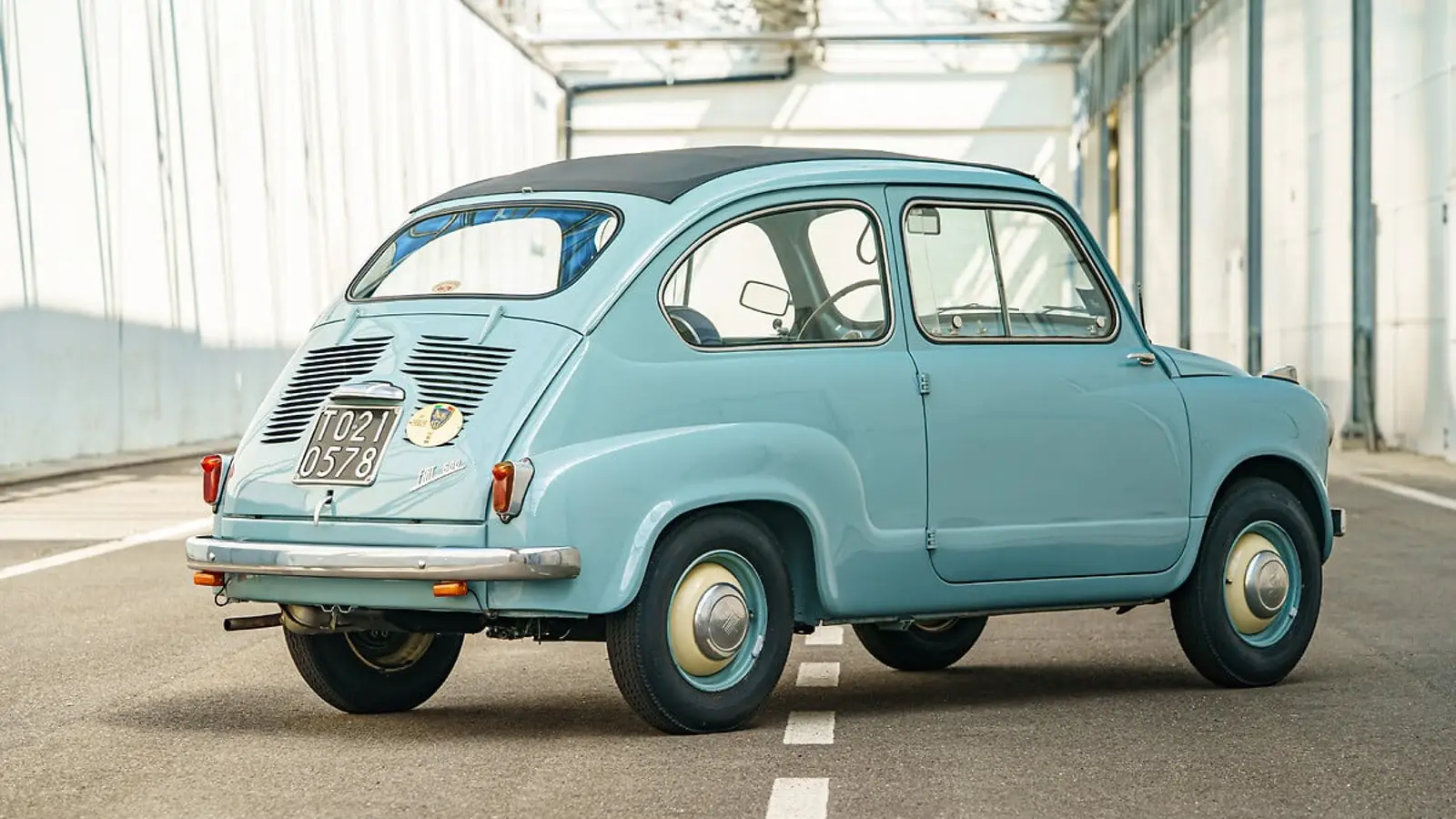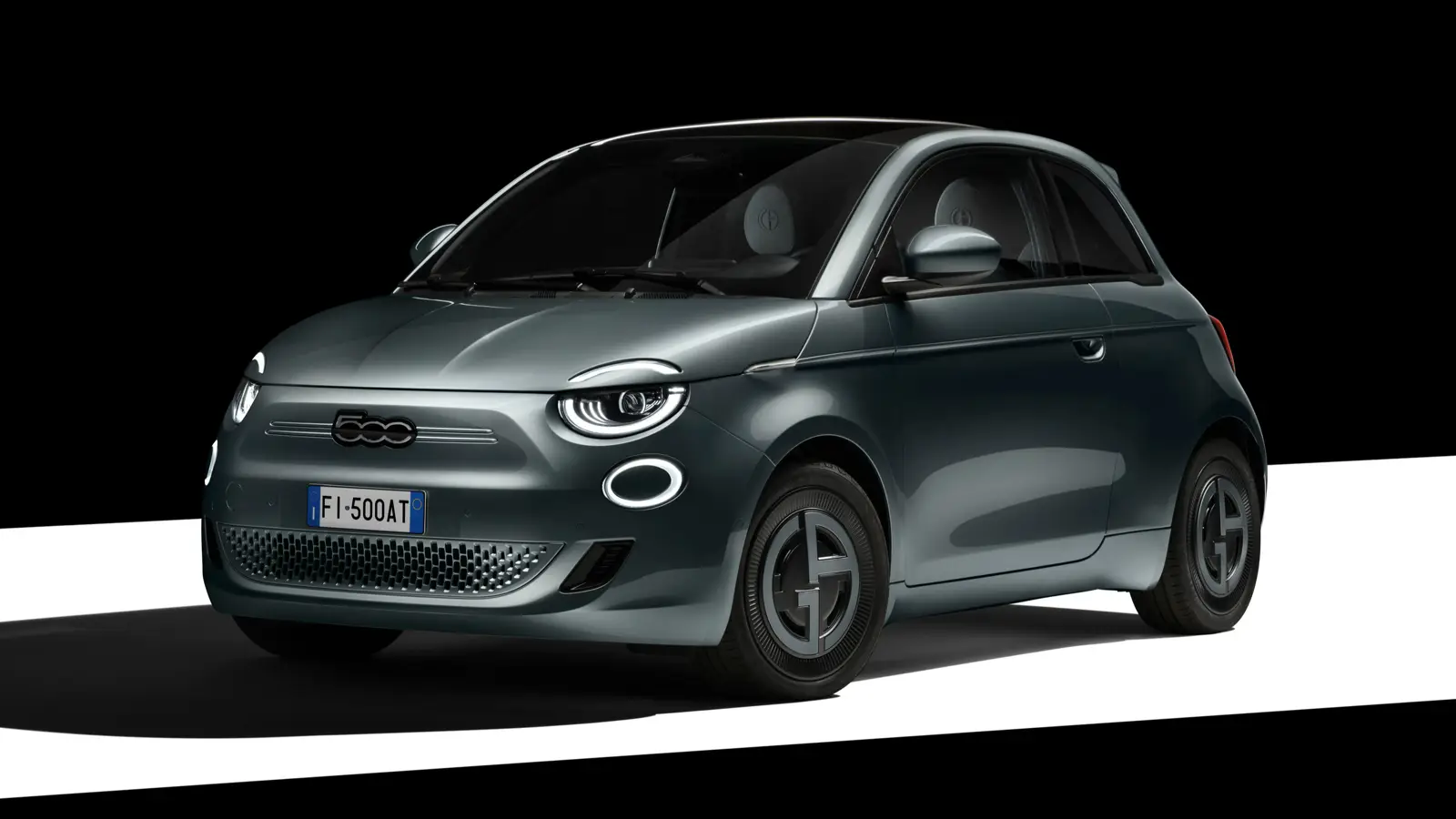Articles
The rise of Golf-class cars: history, impact, and relevance today

Explore the evolution of Golf-class cars from post-war Europe to today's urban mobility. Learn why small cars remain vital in a changing auto industry.
In an age of oversized SUVs and high-powered trucks, the Golf class stands out as a reminder that compactness is not a compromise — it’s a strength. These modest, practical vehicles have weathered oil crises, shifting consumer preferences, and the rise of crossovers, yet they continue to hold their ground — especially in urban landscapes.
What Is the Golf Class?
Formally known as the B-segment in European classifications, these cars usually range from 3.7 to 4.2 meters in length. They include everything from small hatchbacks to compact SUVs. As of 2024, they account for about 15.5% of all car sales in Europe. In the U.S., their closest counterpart is the subcompact — a term that gained traction in the early 1970s.
Why Golf?

The Volkswagen Golf, launched in 1974, wasn’t just another model — it became the benchmark. Designed to replace the aging Beetle, the Golf brought front-wheel drive and transverse engine layout to the mainstream, offering exactly what the post-crisis market needed: efficiency, compact dimensions, and everyday usability. It soon became VW’s all-time bestseller, and its name defined the segment.
From Microcars to Superminis

Compact cars didn’t start with the Golf. In post-WWII Europe, microcars like the Fiat 500, BMW Isetta, and Peel P50 emerged as affordable responses to fuel and material shortages. Then came the superminis — Autobianchi A112 in 1969, followed by the Fiat 127, Renault 5, VW Polo, and Honda Civic — all redefining what a small car could offer.
The Evolution of the Golf
Each generation of the Golf wasn’t just an update — it was a leap forward. ABS in the Mk2, airbags in the Mk3, then ESP, Syncro all-wheel drive, and eventually hybrids like the Golf GTE and EVs like the e-Golf. By the 2020s, the Golf boasted digital dashboards and hybrid drivetrains — modern, yet still true to its core DNA.
Competition and Growth
As the Golf gained traction, rivals followed. In the U.S., subcompacts like the AMC Gremlin, Ford Pinto, and Chevy Vega emerged in the ’70s. Europe responded with a wave of superminis — Ford Fiesta, Opel Corsa, Fiat Uno, Renault Clio, Toyota Yaris — each capturing a different piece of the compact car identity.
Why Were Small Cars Needed?
The oil crisis of 1973–74 made fuel efficiency a top priority. The Golf class delivered just that: lower running costs, easier maintenance, and ideal city driving characteristics. Compact cars became urban champions, outmaneuvering their larger siblings in every tight parking space.
What About Today?

In 2024, amid rising vehicle prices and interest rates, compact cars are staging a comeback. Demand is increasing for B-segment models and subcompact SUVs. Add electrification into the mix — with vehicles like the e-Golf, Renault Zoe, and affordable EVs from Fiat — and small cars are finding new relevance in the modern age.
What’s Next?
Compact is cool again. Consumers are shifting focus — from size to sensibility, from power to practicality. The era of “bigger is better” may be waning. And the Golf class, shaped by decades of change, remains a symbol of balance, resilience, and smart urban mobility.
2025, Jul 22 20:25


